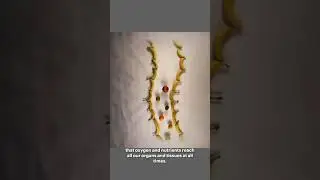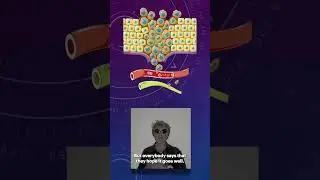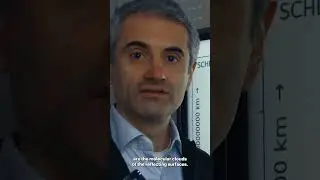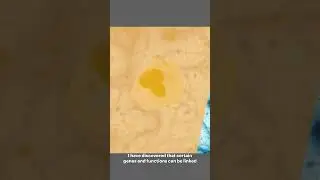Nature Italy Cultural Heritage
Home to 55 World Heritage sites and to countless unique artistic and architectural treasures, Italy is a coveted destination for tourists from all over the world, who tend to see it as one big, endless museum. But its unique cultural heritage also makes Italy a big laboratory to show how science and technology can be applied to the study, preservation, and valorization of cultural heritage, and where the knowledge gained from the study of the past can be applied to the comprehension of current problems.
Through a series of case studies, the event highlights the contribution of Italian researchers and institutions to the sciences of cultural heritage. Beginning with archaeology, a constantly evolving, truly interdisciplinary research field that adopts methods and technologies of other fields, and in return provides crucial data that other scientists can apply to the study of climate change, geology, and economic and social history. Italian researchers also apply materials science, chemistry, physics, computer science and many other disciplines to monitor the health of monuments and works of art, restore and preserve them, and make cultural heritage accessible to the public.
The event was also an occasion to look into how the management of Italian cultural heritage could be made more efficient, for example by removing the obstacles that hinder the collaboration between institutions in charge of preservation and research institutes.































